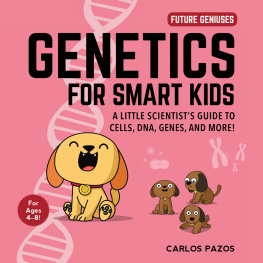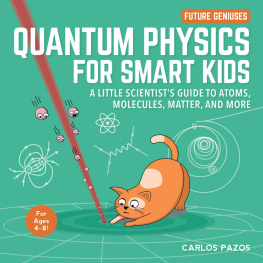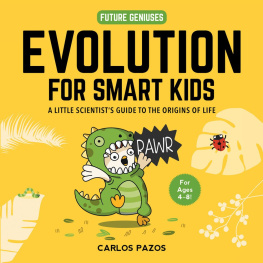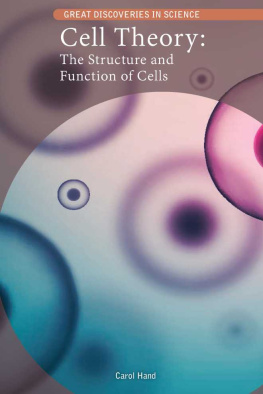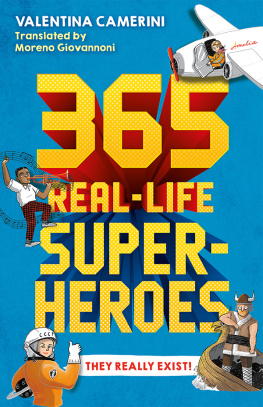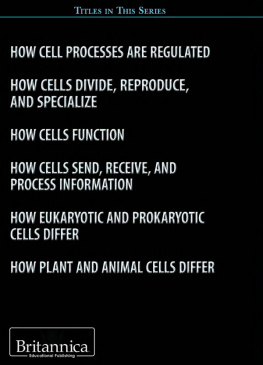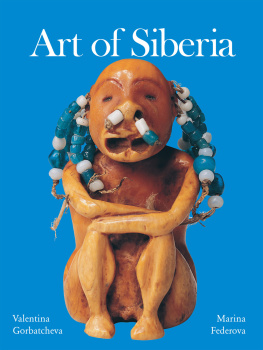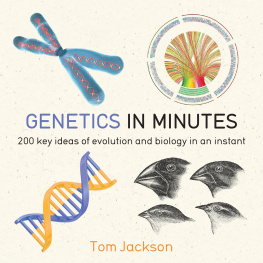Carlos Pazos - Genetics for Smart Kids: A Little Scientists Guide to Cells, DNA, Genes, and More!
Here you can read online Carlos Pazos - Genetics for Smart Kids: A Little Scientists Guide to Cells, DNA, Genes, and More! full text of the book (entire story) in english for free. Download pdf and epub, get meaning, cover and reviews about this ebook. year: 2020, publisher: Sky Pony, genre: Children. Description of the work, (preface) as well as reviews are available. Best literature library LitArk.com created for fans of good reading and offers a wide selection of genres:
Romance novel
Science fiction
Adventure
Detective
Science
History
Home and family
Prose
Art
Politics
Computer
Non-fiction
Religion
Business
Children
Humor
Choose a favorite category and find really read worthwhile books. Enjoy immersion in the world of imagination, feel the emotions of the characters or learn something new for yourself, make an fascinating discovery.
- Book:Genetics for Smart Kids: A Little Scientists Guide to Cells, DNA, Genes, and More!
- Author:
- Publisher:Sky Pony
- Genre:
- Year:2020
- Rating:4 / 5
- Favourites:Add to favourites
- Your mark:
Genetics for Smart Kids: A Little Scientists Guide to Cells, DNA, Genes, and More!: summary, description and annotation
We offer to read an annotation, description, summary or preface (depends on what the author of the book "Genetics for Smart Kids: A Little Scientists Guide to Cells, DNA, Genes, and More!" wrote himself). If you haven't found the necessary information about the book — write in the comments, we will try to find it.
Little Doctor Valentina is back with a brand new adventure! This time, join Valentina as she explains the concept of genetics, using her adorable puppy, Mendel, as her model.
With her handy microscope, Valentina examines Mendels cells and teaches us all about cell parts-organelles, membranes, cytoplasm, and finally, the powerhouse of the cell, the nucleus. Within the nucleus, Valentina points out the DNA and the genes that explain everything about us-like why Mendel is yellow and his siblings are brown!
Dive deep into the world of genetics and learn all about nitrogen bases, RNA, chromosomes, mitosis, and more. Uncover what makes you, well, you!
Future Geniuses is a collection that will help families spend a lot of time reading and learning together. Through simple text and fun illustrations, author and scientist Carlos Pazos makes the subject of genetics approachable and easy to understand for even the smallest scientists.
Carlos Pazos: author's other books
Who wrote Genetics for Smart Kids: A Little Scientists Guide to Cells, DNA, Genes, and More!? Find out the surname, the name of the author of the book and a list of all author's works by series.

